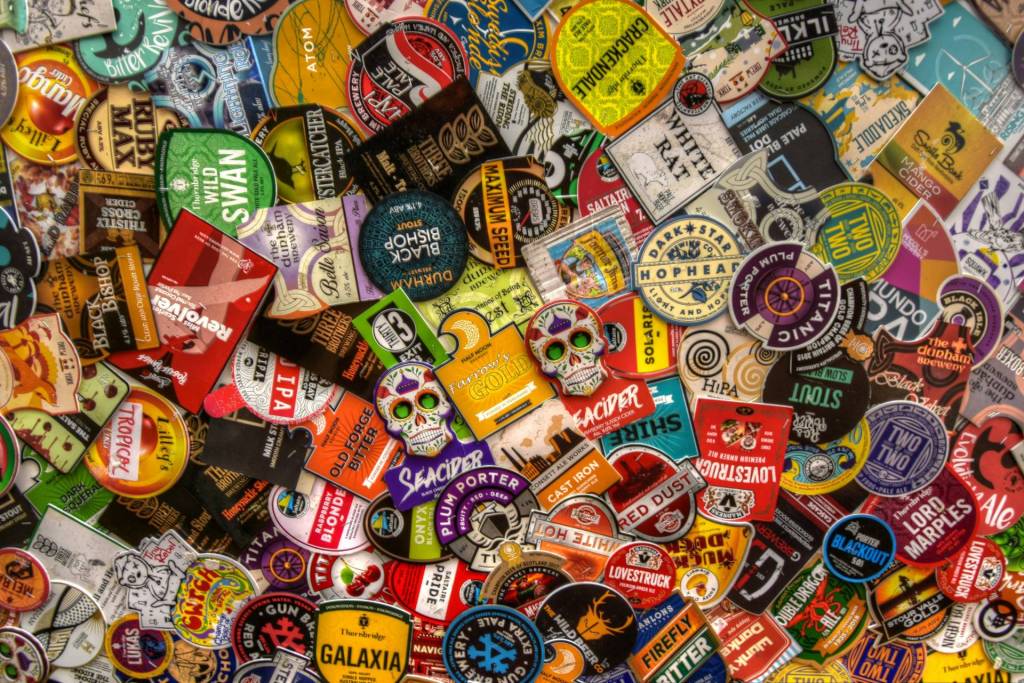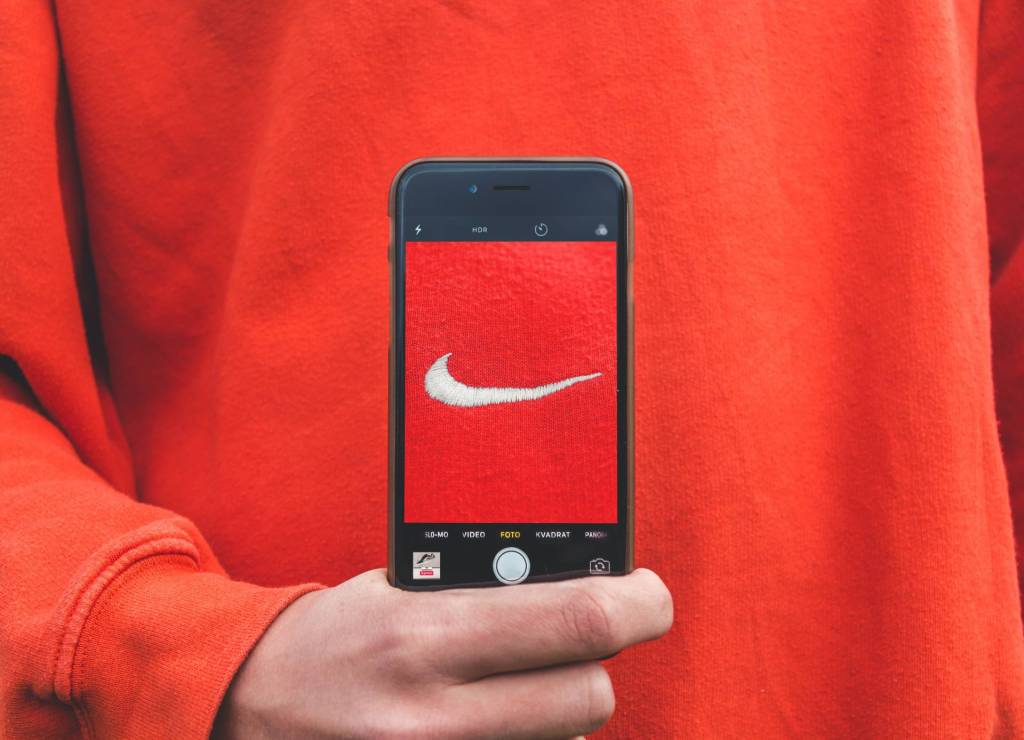Today, I spoke with Del Breckenfeld, who is the Director of Entertainment Marketing at Fender® Musical Instruments Corp. and the author of the “Cool Factor.” In this interview, we discuss what makes a “cool” brand and Del gives you examples of both company’s and people who are very recognizable and successful based on their “coolness.” You’ll learn how to be cool from Del, who’s job it is to make Fender cool. Do you have a cool personal brand? If not, after this interview, think about how you can attract others to your brand by becoming something people want to talk about!
Del what are some companies, products and personal brands that display “The Cool Factor”? Can you list two for each?/h3>
Harley Davidson and Fender are two perfect examples of companies that display “The Cool Factor.” Both are iconic lifestyle brands that remain instantly recognizable even if you don’t happen to ride a motorcycle or play guitar. The iPod certainly gets my vote for the product because it revolutionized how we can take our favorite music library with us virtually anywhere. Plus it had one of the coolest marketing campaigns to support it which is a major contributor to its “Cool Factor.” The second choice would be the new Dodge Charger. Here’s a retro styled throwback to the classic “Muscle Cars” of the 1960’s that people lined up to buy.
I know a guy in the music business that paid more than the suggested retail just to be among the first to get one so he could be the coolest guy on the block. No small feat for a gas guzzler introduced when gas prices were above $4.00 a gallon and you couldn’t give your SUV away. For personal brands I choose Steve McQueen and Jimi Hendrix who have retained the “eternal cool.”
McQueen carefully crafted his cool guy image through movie after movie (aptly nicknamed “the Cooler King” in The Great Escape) so even today, almost three decades after his passing, Tag Hauer still uses his image to promote their Monaco model. Jimi died all too young, but left a legacy as one of the greatest guitarists that ever lived, and one of the most groundbreaking performers. Even though the Fender Stratocaster® is a pretty cool guitar on its own. It took Jimi’s stamp of approval to help place it in the world of eternal cool.
How do you know if you have the cool factor? Does it happen naturally or do you have to learn it on your own?/h3>
Some people may be born with the cool factor, but most often, a person has to work hard to be recognized as cool. In my book, I state that two criteria are you have to be imbued with the rebel spirit, and you have to be unique compared with the norm of the day. Think how Marlon Brando unleashed his cool factor on the world with his performance in The Wild One. Or a young Elvis Presley threatening Middle America with his lip-curling, hip-shaking swagger. One of the great things about the cool factor, is once you have established it, others aspire to be like you through emulating your looks, style, talent, etc.
You did marketing for Fender and made it cool. Did you become cool as a result? What is the correlation between a product and company becoming cool and that of its employees?/h3>
I can’t take credit for Fender being cool. The brand established it way before I came along. For the past 13 and a half years, my job is to make sure Fender remains cool today, and for generations to come. I don’t consider myself cool, but because I work for a cool brand, I consider myself a “connoisseur of cool.” Most of the marketing people at Fender Musical Instruments Corp., like me, started out as professional musicians. It helps to have hands on experience in the field you work. If ask anyone “What is cool?” they probably say that they can’t put it into words, but they know it when they see it. That’s what we do at Fender. Identify cool, then see how it can transfer to your brand and your brand to others. That’s the basis of partnership marketing.
What is your strategy for becoming cool in the eyes of your audience or customers?/h3>
The “cool factor” has equity that can be transferred to products and people. As I stated earlier in the interview, it’s about becoming aspirational: people aspire to something that they hold in esteem. It’s also important to reinforce your brand to remain cool in the eyes of your customer. People like Steve McQueen spent a career doing just that.
Sometimes you have to go back to reestablish your brand’s image when your company has lost its way. I give the example of the Cadillac brand losing its way with economy models like the Cimarron. To recapture their “cool factor”, their agency launched the “Breakthrough” campaign utilizing their classic models to the soundtrack of Led Zeppelin’s “Rock n’ Roll.”
How have you built your personal brand over time and what lasting effect do you want to have on the world?/h3>
Well I do work for a company and brand that’s eternally cool, so I have coolness by association. Writing my first book put a lot of my experiences and theories down on paper for others to share so if others find some value in that, I guess that would be my legacy. I could only hope that the phrase, “The Cool Factor,” becomes part of our everyday vernacular, just like the book “The Tipping Point.” I would love for marketers to say “Our product needs ‘The Cool Factor.’” That would certainly have a lasting effect, and dare I say, it would be “very cool.”
——-
Del Breckenfeld is the author of The Cool Factor. He is the Director of Entertainment Marketing at Fender® Musical Instruments Corp., the biggest name in electric guitars, amplifiers and musical products. Before coming to Fender, he worked for Dean Guitars, where he developed a groundbreaking promotional program for Anheuser-Busch, working with some of the most astute marketers in the world. Through his career he has worked with some of the biggest names in music, movies, and TV and has been involved in promotional campaigns with some of the world’s most successful and best known brands, all while learning the ins and outs of partnership marketing.












